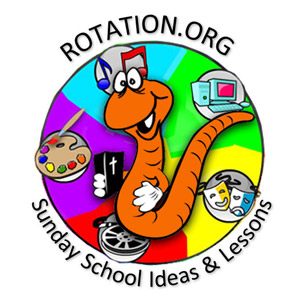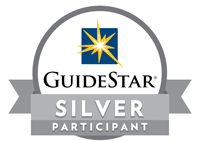More Last Supper Words and Questions for Password, Pictionary, Pantomime, and Quiz games
TABLE
DISCIPLES
PASSOVER
JERUSALEM
KINGDOM of GOD
CUP
WINE
SHARE
BREAD
BROKE
BODY
REMEMBER
COVENANT
BLOOD
DRINK
SUFFER
EVENING
SLAVERY
EGYPT
JESUS
EAT
CELEBRATION
THANKS
COMMUNION (Lord’s Supper today)
PETER AND JOHN (meal preparers)
UPSTAIRS (where room was)
SUFFER (what Jesus expected to do)
Note: Some of these are used in the other games in this topic.
Questions to ask younger children about the Last Supper
Turn these into multiple choice questions by adding possible answers:
- The Last Supper was a special meal What was it called?
Passover - Which disciples prepared the Passover meal?
Peter and John - Where in the house was the room
Upstairs - What did the Jews give thanks for at Passover?
Their ancestors’ escape from slavery in Egypt - In what city did the Last Supper take place?
Jerusalem - What time of day was the Last Supper?
Evening - What kind of furniture did Jesus and the disciples use at the Last Supper?
a table (and we use a table today in our communion service) - Who was at the Last Supper?
Jesus and the 12 disciples - When did Jesus say he would eat his next Passover meal?
When the Kingdom of God comes - What did Jesus say he would do soon?
Suffer - What kind of prayers did Jesus say during the meal?
Thanks - What was in the cup?
Wine - What did Jesus tell the disciples to do with the wine?
Share it, divide it among themselves - What kind of food is mentioned in the story?
Bread - What did Jesus do to the bread?
Broke it into pieces and gave it to the disciples - What did Jesus say the bread was a symbol of?
His body - What did Jesus say the wine was symbol of?
His blood, or the new covenant - What is a covenant?
A promise - What is the new covenant?
God’s promise that our sins will be forgiven - Finish this verse: Do this in...
Remembrance of me (or memory of me) - What do we remember when we celebrate the Lord’s Supper in church?
Jesus, Jesus’s death - What is another name for the Lord’s Supper today?
Communion
More Reflection Questions About the Last Supper
What does Jesus want us to "remember" about him?
If you were inviting someone to come to Communion for the first time, how would you explain it?
What kind of people did Jesus eat with during his time on earth? (And what does that say about who is "welcome" to be with Jesus?)
What do you think "Communion" will be like in Heaven?


